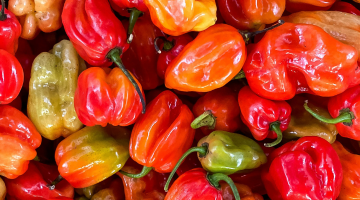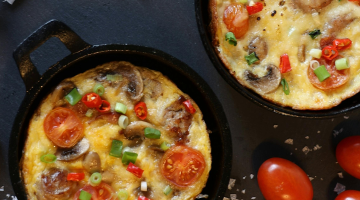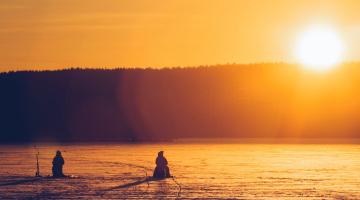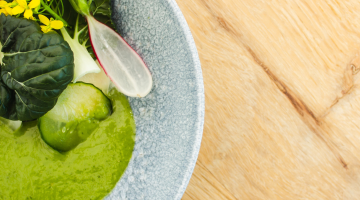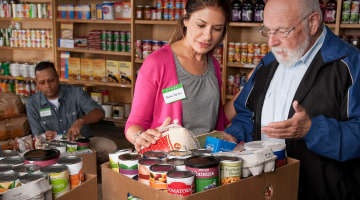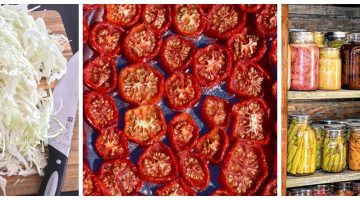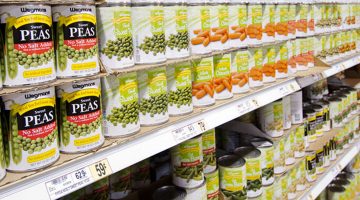Growing Peppers, Mild to Hot!
— By Kayla Parsons, RDN, PhD Student, University of Maine Cooperative Extension Peppers are a wonderful flavor booster for any recipe, especially the Homemade Salsa Recipe and Vegetarian Chili that can be found on EFNEP’s recipe website. As the weather starts getting warmer, I love to spend evenings grilling kabobs with green peppers, mushrooms, and […]
Read more
